Instructions for use of Topaz fungicide: what and when to treat, how to dilute

All vegetable, fruit crops and other plants need care and protection from pests and diseases. The most common disease is fungal infection.
In this case, it is effective to use the antifungal drug Topaz fungicide, having studied the instructions for use. The product is universal and is considered the most effective among its analogues.
Content:
- Description of the drug, what it is, release form, toxicity
- Fungicide Topaz, instructions for use: against what and how to use it, consumption rates
- Topaz fungicide: compatibility with other drugs
- Analogs of fungicide Topaz
- How to use Topaz fungicide for currants
- Application of topaz fungicide in a vineyard
- Safety precautions when working with the drug, waiting period
- What are the advantages of Topaz treatment?
- Can Topaz be used for indoor plants?
Description of the drug, what it is, release form, toxicity
The product contains a potent substance - penconazole, which is mainly used for powdery mildew. The package contains a substance concentration of 100 grams per liter.
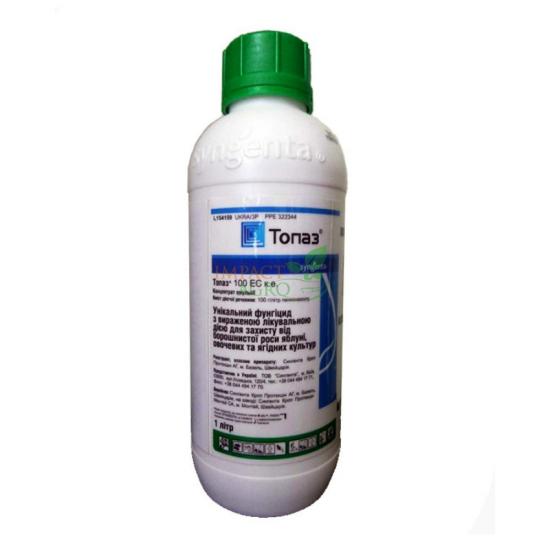
The drug works as follows:
- Penconazole blocks the spread of fungus and prevents the growth of spores. Even with a small concentration, the pathogenic fungus dies and stops reproducing.The effectiveness of the drug is that it is immediately absorbed into the plant, so no weather conditions or temperature changes affect it.
- The only drawback is the storage limitation. The shelf life is no more than 4 years. You should not use an expired product, since low-quality chemicals make the fruits inedible and poisonous and can cause irreversible damage to the plant.
- The chemical is sold in sachets with a dosage of 3 milligrams, or ampoules with a dosage of 2 milligrams. If you need to treat a large area, then Topaz can be bought in a 1-liter plastic bottle and diluted in accordance with the instructions.
The active substance is toxic. Although the drug is less dangerous for humans than for animals or insects, it is important to take precautions when using it and keep the substance away from children.
Fungicide Topaz, instructions for use: against what and how to use it, consumption rates
A fungicide is a specially developed remedy against fungal diseases of various types.
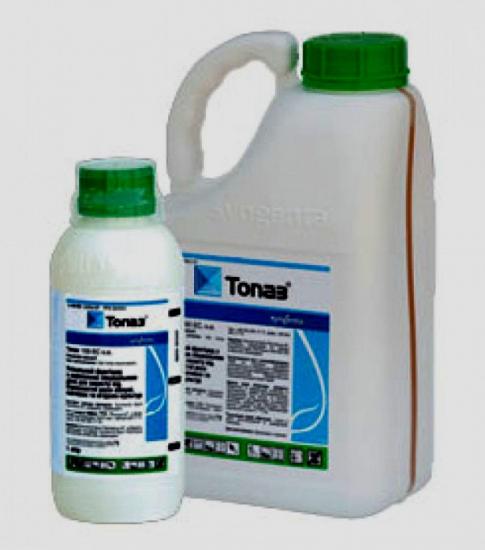
The most commonly used chemical is for powdery mildew, but it is also productively used:
- from fruit rot;
- coccomycosis;
- oidium;
- rust.
Flower growers and gardeners use the drug as a prophylaxis or therapeutic therapy for pomaceae, vegetable and stone fruits, grapes, as well as for indoor and ornamental plants. The main thing is to follow the instructions when diluting the substance.
Solution preparation scheme and recommendations:
- The product is diluted in a small container, which you will then need to dispose of.
- For garden trees, vineyards and small shrubs, it is enough to use two milligrams of the substance and dilute it in ten liters of water.
- Vegetables and berries are treated with a solution whose concentration is 1 liter per 10 square meters.
- Although the drug is instantly absorbed, it is better to choose calm and dry weather for the procedure in order to enhance the treatment process and the effect on the fungus.
- You should not wait until the plants become sick; it is advisable to treat trees and other crops up to four times per season; adult perennial plants can be treated once in early spring.
After dilution, the solution can be stored for no more than eight hours.
Instructions for using topaz fungicide - on video:
Preventive manipulations will preserve the health of plants for many years.
Topaz fungicide: compatibility with other drugs
It is necessary to combine the drug with other pesticides to enhance the antifungal effect.
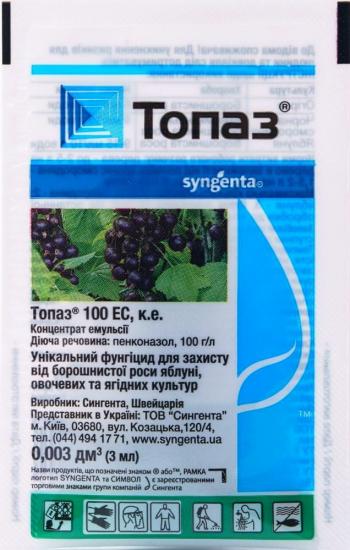
Compatibility is possible with the following substances:
- Topsin M. Designed to eliminate phytopathogenic mycelium.
- Horus. Effectively fights Alternaria, mononucleosis and scab.
Cuproxat. A potent fungicide that kills scab, late blight and brown spot.
Before use, you must carefully read the instructions and do not increase the dosage so as not to cause harm.
Analogs of fungicide Topaz
As an analogue, you can use the drug Avarta and Almaz, they have a similar composition and principle of use.
The fungicide Skor has similar properties, but it contains another active ingredient - difenoconazole.
Some experts replace the chemical with a folk remedy.To prepare the treatment solution, take water, a glass of milk and a small spoon of table salt.
The finished liquid dehydrates the fungal spore, as a result it stops reproducing and dries out. The product is not only effective, but also completely safe.
The only negative is that this procedure must be performed every three days; during processing, it is important to cover the soil so that salt particles do not fall on it.
Even more useful information about Topaz fungicide when watching the video:
How to use Topaz fungicide for currants
Currants are susceptible to attack by powdery mildew. The disease is manifested by the formation of a white coating on berries, foliage and shoots. Initially, the plaque affects the lower branches and then spreads upward.
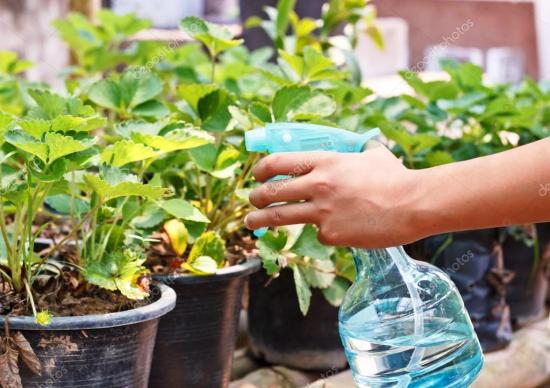
To prepare the solution, you need to follow the proportion: add three milligrams of fungicide to fifteen liters of water. For 1 currant bush, one and a half liters of diluted substance is used.
The solution is used as a preventive measure during the formation of inflorescences and after the flowers have dropped. For treatment, treatment is carried out when the first symptoms of infection are detected.
The procedure can be performed no more than four times per year. You should not carry out the treatment a month before harvesting the fruits.
The same scheme applies to raspberries, gooseberries, blackberries and strawberries.
Application of topaz fungicide in a vineyard
The grapevine suffers from oidium damage. The disease is manifested by the appearance of swollen yellow spots and a white coating on the stem and leaves. As a result, foliage is deformed and inflorescences are discarded.
The drug is used for prophylactic purposes. To prepare the solution, take ten liters of water and two milligrams of the chemical.The fungicide is diluted in a separate container and then poured into the sprayer. The substance is splashed onto the foliage, one and a half liters of the prepared solution is enough for ten square meters.
The primary procedure is carried out after the end of bud break, and the secondary procedure at the end of flowering. In total, no more than four manipulations are carried out per season.
Safety precautions when working with the drug, waiting period
When working with chemicals of any origin, you should take precautions and avoid contact of the chemical with the skin. The drug is not fatal to humans, but safety precautions have not been canceled.
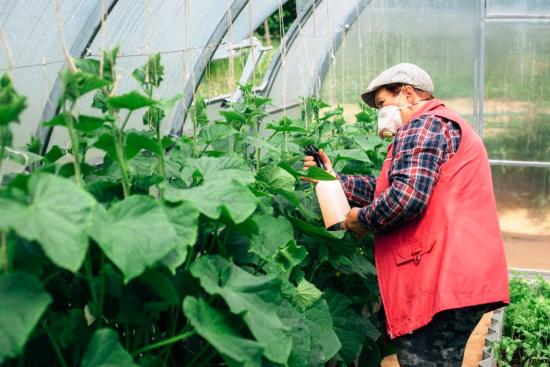
The following points should be followed:
- Use the container only for one-time use, then throw it away, or better yet, bury it.
- When the substance evaporates, it releases harmful toxins; you should use a respirator.
- If the solution gets on exposed skin, immediately rinse the area with running water.
- If vapor poisoning occurs, it is important to immediately drink activated carbon and half a liter of water. If the fungicide accidentally enters the human digestive system, you need to rinse the stomach.
- During treatment, it is prohibited to smoke, drink or eat nearby, as vapors can be absorbed into food and liquid.
- Store the substance in an isolated, dark room, away from children, medications and food.
By following precautions, the procedure will proceed without difficulty and without harm to health.
What are the advantages of Topaz treatment?
Among chemical preparations you can find many similar products, however, Topaz is the most productive and effective among them.

The drug has a number of positive aspects:
- Unlike other substances, it has a long period of action on fungal spores. This allows spraying to be carried out less frequently, resulting in less stress on the soil and plants.
- Thanks to the instant absorption of the solution, the elimination of the fungus occurs within a few hours after the procedure.
- The concentration of the solution is sufficient for one ampoule or sachet to last for a whole season.
- The drug has a wide range of applications and is used for all cultivated and agricultural plants.
- The chemical is slightly toxic, even if the product gets on the fruits, they are completely safe for consumption.
- Has good compatibility with other chemicals, which improves efficiency.
Thanks to these advantages, the popularity of Topaz is several times higher than the demand for other similar substances.
Can Topaz be used for indoor plants?
The product is ideal for treating indoor plants, since many of them are also susceptible to rust and powdery mildew.
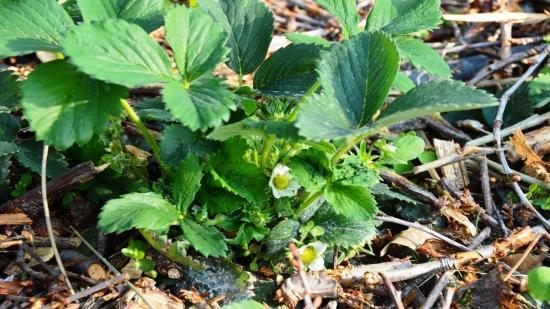
For indoor crops, the concentration is increased by two and a half times. To prevent powdery mildew infection, flowers are treated with liquid, observing the proportion: two milliliters per five liters of water. One and a half liters of prepared liquid goes into ten squares.
To treat carnations or roses against rust, the norm is four milliliters per ten liters of water. Procedures are carried out several times a year, as treatment or prevention. The effectiveness of the action for indoor plants is even greater, since there is no influence of natural factors.
So, Topaz fungicide is a universal antifungal agent for cultivated, fruit and ornamental plants.The main thing is not to increase the recommended concentration; each culture has its own norm, and during the procedure it is important to be careful using personal protective equipment.
The solution is used as a treatment for fungal diseases or for prevention.

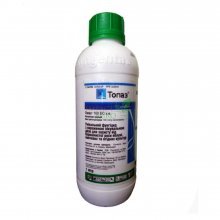
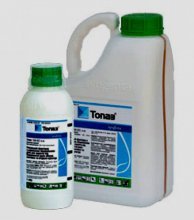

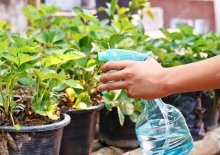



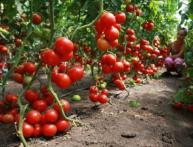
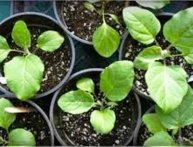
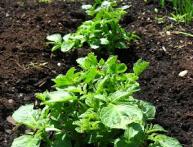
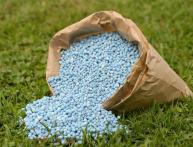
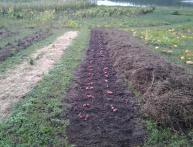
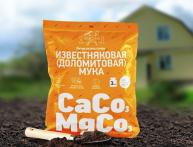
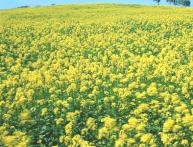

Comments
A fungicide is a chemical plant protection product. I try not to use toxic substances in the garden and use biological agents. For example, Fitosporin.